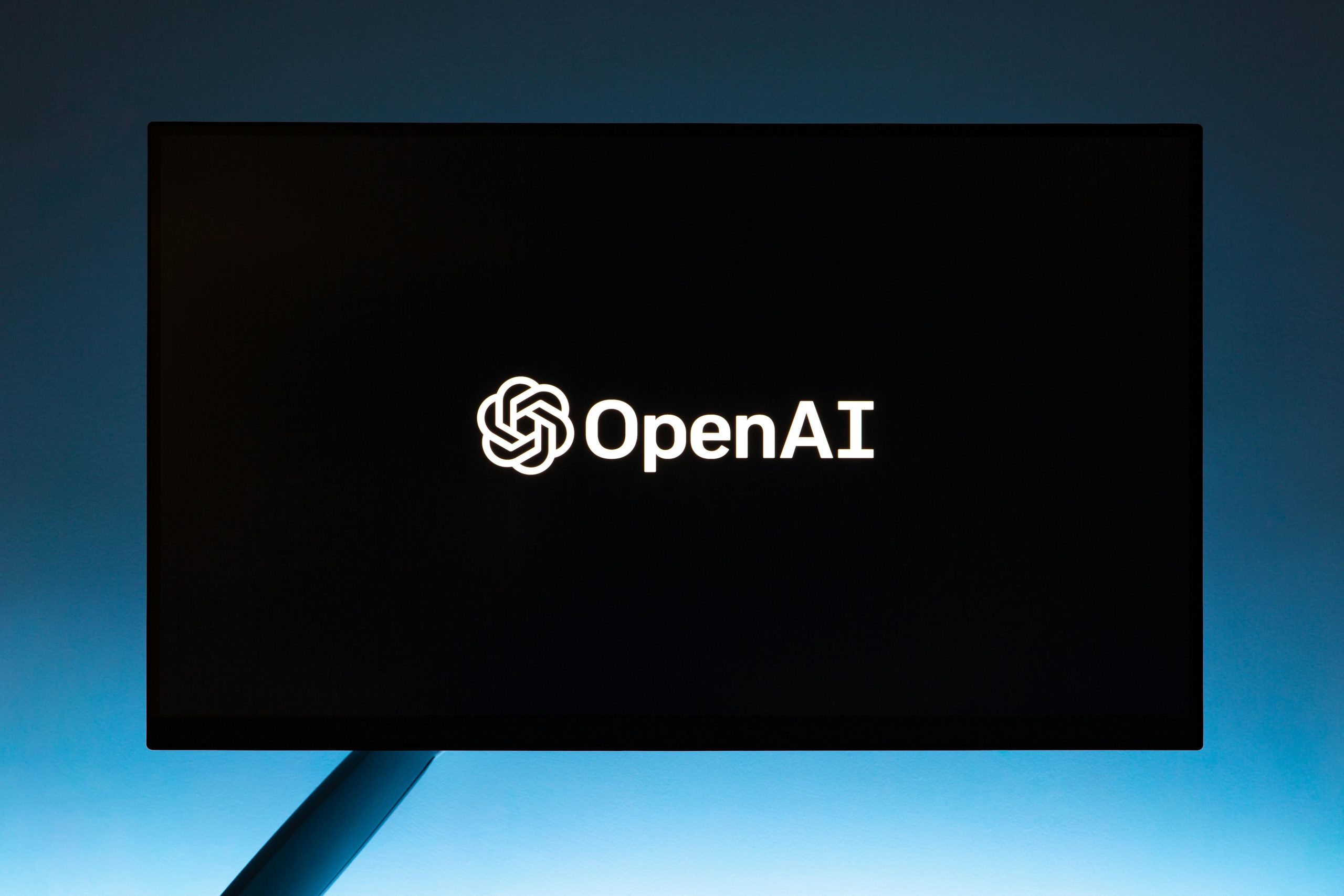What is the real explanation behind 15,000 layoffs at Microsoft?
Understanding the Recent Microsoft Layoffs: What’s Truly Behind the Move?
In the tech industry, major layoffs often spark widespread speculation about underlying causes. Recently, Microsoft announced the termination of approximately 15,000 employees since May, citing a strategic shift toward artificial intelligence (AI) as the primary reason. But what does this really mean for the company’s future, and is there more beneath the surface?
While Microsoft emphasizes its focus on integrating AI into its core operations, some industry observers and skeptics question whether this justification fully explains the scale of the layoffs. Could these workforce reductions be a reaction to financial pressures or revenue challenges, masked by the narrative of “AI First”? It’s not uncommon for corporations to rebrand cost-cutting measures under the guise of innovation, and it raises important questions about transparency.
Another angle to consider is whether extensive outsourcing or automation is playing a role. Given Microsoft’s broad portfolio—from gaming with Xbox to enterprise solutions—many of these roles involve complex programming, software development, and engineering tasks. Is AI technology itself taking over some of these responsibilities? The rise of AI-driven coding tools and automation platforms suggests a possible shift in how tech companies approach staffing and productivity.
It’s also worth contemplating the financial strategy behind these decisions. If a significant number of roles are found to be redundant, reallocating resources toward AI infrastructure could be a move to boost long-term competitiveness. Such a transition might allow Microsoft to enhance its technological capabilities without necessarily increasing its workforce, potentially maintaining productivity levels through AI-powered solutions.
For those seeking clarity, insights from current or former Microsoft employees could shed light on whether these layoffs reflect genuine strategic restructuring or are part of a broader trend toward automation and technological innovation. As the industry evolves, understanding the real motivations behind such major shifts becomes crucial for stakeholders and consumers alike.
Stay tuned for more analysis on how these developments will impact the technology landscape and enterprise strategies moving forward.














Post Comment